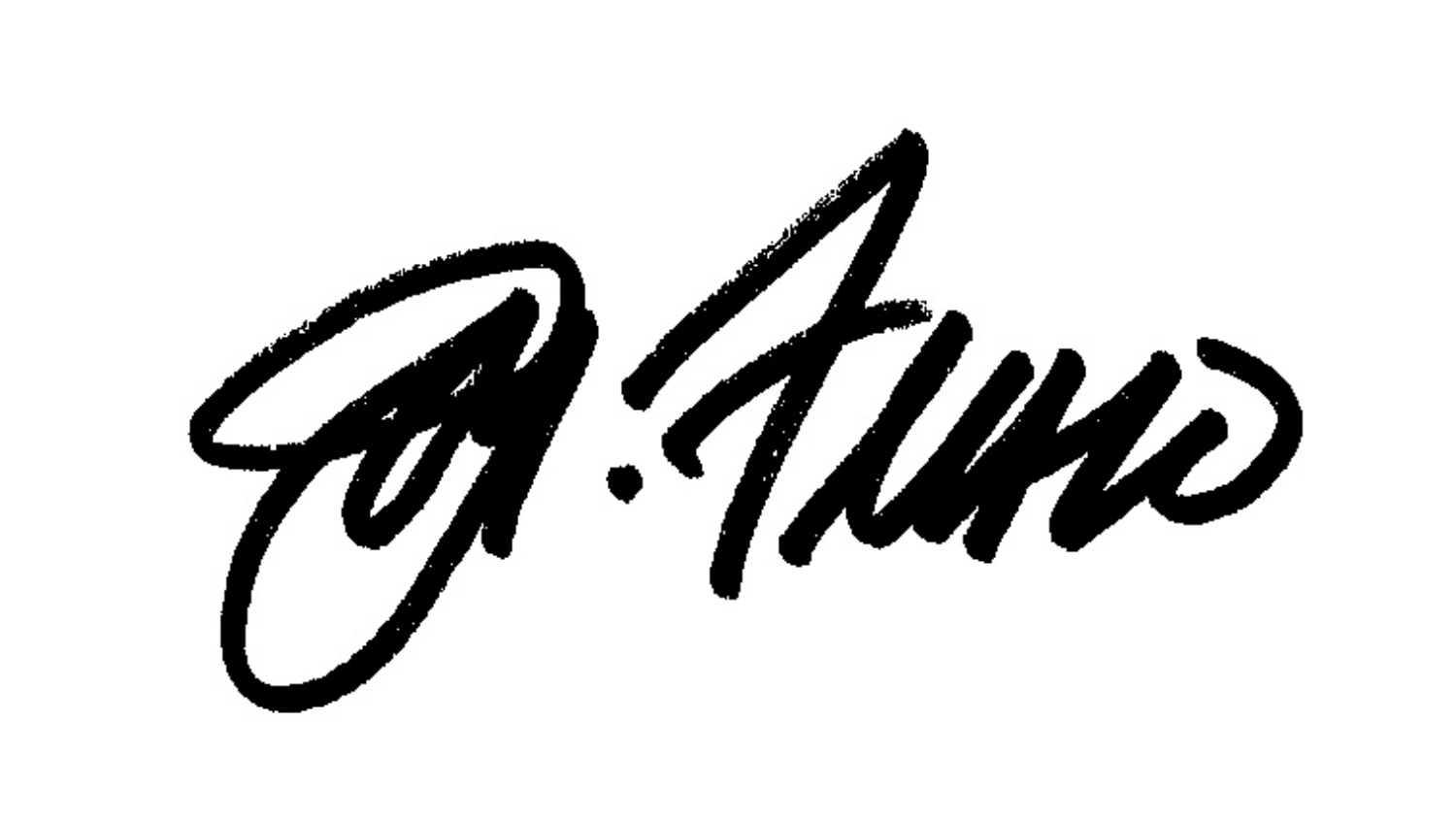Sheltering
1.
We are drawn to safety and stability. Change or disruption can be seen as a threat to that safety, a threat to the predictable, comfortable, and knowable fabric of our lives, organizations, and careers.
2.
Disruption and accelerated change in our lives (pandemics, social change, economic shock) often leads us to seek psychological shelter -- in comfort zones, familiar frameworks, nostalgia, and known safe situations.
3.
This is natural. After all, we seek shelter in storms, and from real or perceived external discomfort. The physical or psychological instinct to protect ourselves and those close to us is powerful.
4.
It is, to a certain extent, healthy. It’s important to give ourselves and others the space to shelter, to rest, to recover, to regain our balance. This is OK.
5.
In fact, it is an important leadership skill to find or maintain our own balance and inner peace, and spread that calmness to others. In times of disruption, this skill is crucial.
6.
It’s helpful to connect with our own personal foundations, things that anchor us spiritually, intellectually, and physically. Acknowledge the skills, values, and perspectives that make us unique, and add value to others, and others’ problems and challenges, no matter the circumstances.
7.
We should know what anchors our teams or our organizations as well. Again, as a team there are values and skills that are a source of strength.
8.
However, in the face of change or disruption, it’s dangerous to encourage or allow ourselves and others to hide, to cower, or continue to flinch. We cannot let comfort zones become places where we avoid harsh realities and necessary shifts.
9.
It’s possible to overdose on safety, comfort, and the familiar.
Exploring
10.
At the same time, change and disruption call us out of our old ideas and models of safety, predictability, and stability. Sometimes it’s more dangerous to “stay here” than it is to “go there.”
11.
The ground has shifted. The solid ground on which we, our organizations, and our communities can renew or rebuild on is often unknown territory
12.
Find stability and safety by turning that unknown territory into familiar ground.
13.
We must be consistently and profoundly curious -- what new skills do we have to learn? What new paradigms or business models are emerging? What should we be letting go of, and moving towards?
14.
We have to be comfortable with mistakes. Exploring means we’ll encounter dead-ends, or cliffs. Making mistakes is actually a powerful sheltering strategy, as each mistake eliminates at least one wrong answer.
15.
Exploring is learning. Learning, growing, stretching is the best way to build a new shelter for you, your team, and your community.
16.
Exploring urges us to take risks, of course, of varying sizes and frequency. But be careful -- risk-taking is a powerful drug. You can overdose on this, too. The best risk-takers plant their feet on the ground as well as put their head in the clouds.
17.
In the end, sometimes the riskiest thing to do is to cling to safety. Sometimes the safest thing to do is take a chance.
The Pathway
Contemplations
These questions and prompts are meant to help you think, and to provoke useful discussion with other leaders, your team members, or people who are on the same pathway as you. There are no right or wrong answers, only thoughts, perspectives, and insights that move you forward.
1.
In my own words, “sheltering” means…
In my own words, “exploring” means…
(What do you think your answers tell you about yourself?)
I’m most comfortable when…
I’m least comfortable when…
I’ve been successful because…
I’m excited about the future because…
I’m worried about the future because…
My favorite thing about the past is…
My least favorite thing about the past is…
What mistakes would I be comfortable making?
What mistakes would I be uncomfortable making?
What can I always rely on?
Who can I always rely on?
2.
What are the consequences to my organization of taking too little risk?
What are the consequences to my organization of taking too much risk?
What business are we really in?
What business would our customers and stakeholders say we’re really in?
What risks should we be taking right now?
What risks could we be taking right now?
(Remember, “could” and “should” are two different ideas.
What are the risks or dangers my organization currently faces?
Are they different or the same than they were a year ago? In what ways are they different or the same?
What are we great at that is timeless, that will always be in demand?
What do I feel the people in my life (family, friends, colleagues, neighbors) need most -- predictability, or change? Why?
3.
When you think about “sheltering” and “exploring” what are your community’s strengths?
When you think about “sheltering” and “exploring” what are your community’s weaknesses?
The biggest opportunity in front of this community is…
The biggest risk this community faces is…



